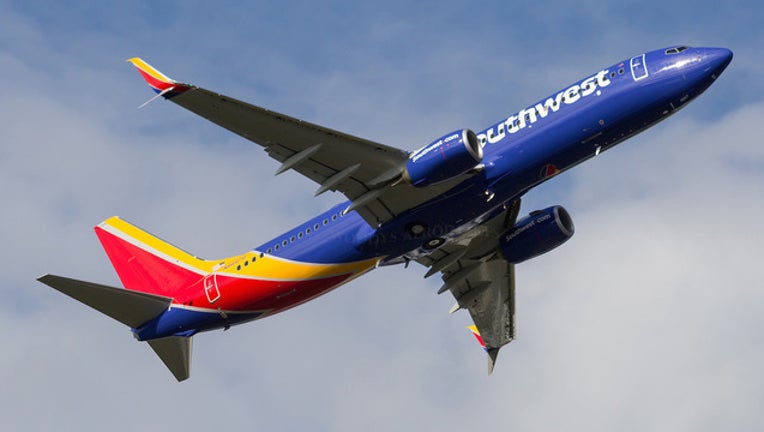Deaths on airliners have been trending downward for years

(Woodys Aeroimages/Flickr)
A look at airliner deaths after a Southwest Airlines Boeing 737 blew an engine midflight Tuesday, killing a passenger:
- Tuesday's death was the first stemming from an in-flight accident on a U.S. airliner since 2009, when a Continental Connection flight crashed into a house near Buffalo, New York, killing 49 people on board and one on the ground.
- The last fatal airline crash in the U.S. was in 2013, when an Asiana Airlines jet crashed at San Francisco International Airport, killing three passengers.
MORE: 1 dead after jet blows an engine; woman nearly sucked out | NTSB probes cause of Flight 1380's 'apparent engine failure'
- Southwest Airlines Co., based in Dallas, had never had an accident-related fatality of a passenger, although a boy died in 2006 when a Southwest jet skidded off a runway at Chicago's Midway Airport, crashed through a fence and collided with the boy's family's car.
- Deaths on airliners around the world have been trending down for more than a decade as planes become more technologically advanced and airlines and regulators apply lessons learned from past accidents. The Aviation Safety Network, which tracks accidents, reported recently that there were no commercial passenger jet deaths last year, although two turboprop planes were involved in fatal crashes in Russia and Angola.
- In 2016, a Daallo Airlines plane landed safely in Somalia after a bomb inside a laptop exploded and blew a hole in the fuselage. Only the bombing suspect was killed.
- In 2000, American Airlines flight attendant Jose Chiu was killed in an emergency landing after he opened a door before the plane depressurized and was "basically sucked out" onto the tarmac in Miami, officials said.
VIDEO: NTSB addresses Southwest Airlines engine investigation | Southwest Airlines provide update
- In 1989, 111 people were killed when an engine on a United Airlines DC-10 burst and severed the plane's hydraulic systems, leading to a crash-landing in Sioux City, Iowa, that 185 other people survived. The crash, caused by an exploding fan disk, led to federal regulations requiring more frequent inspections of engine parts.
- In 1988, a Boeing 737 operated by Aloha Airlines experienced an explosive decompression midflight over Hawaii and made a safe landing. The only fatality was flight attendant Clarabelle Lansing, who was ejected from the plane.

